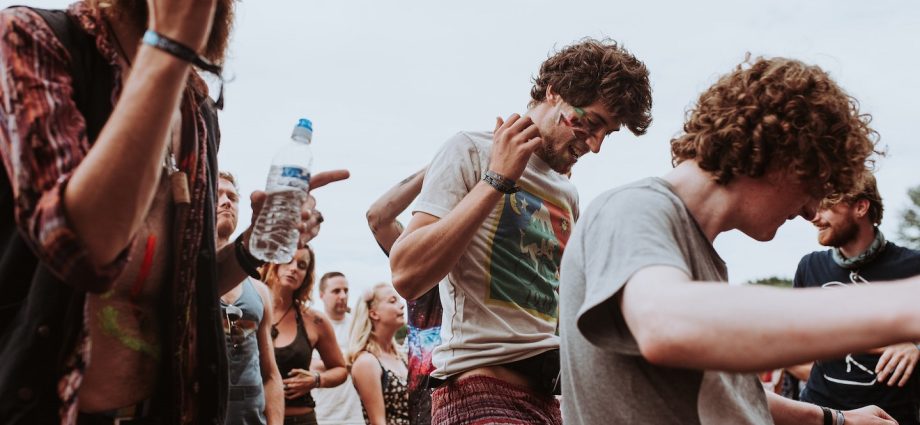The 1960s was a decade of change, and that change was reflected in the world of music festivals. It was during this era that the first true music festival, the Monterey Pop Festival, took place. Since then, music festivals have become a cultural phenomenon, drawing in thousands of people from all over the world.
From Woodstock to Coachella, vintage music festivals have evolved over the years, and in this article, we’ll take a look at how they’ve changed since the 1960s.
The Early Days of Music Festivals
In the 1960s, music festivals were a new and exciting concept. The Monterey Pop Festival, held in 1967, was the first true music festival, drawing in thousands of people from all over the country. The festival featured performances by some of the biggest names in music at the time, including Jimi Hendrix, The Who, and Janis Joplin. It was a groundbreaking event that set the standard for music festivals to come.
How have music festivals changed over the years?
Music festivals have evolved in many ways since the 1960s. They have grown in size and popularity, and the focus has shifted from counter-culture to mainstream music. However, the sense of community and culture that they create remains an important part of the festival experience.
The Rise of Woodstock
Just two years later, Woodstock took place, and it was a cultural phenomenon. The festival, which was originally expected to draw in around 50,000 people, ended up attracting over 400,000. It was a defining moment in music history and is still celebrated to this day. Woodstock set the bar for music festivals, and its influence can still be seen in modern festivals.
The Evolution of Vintage Music Festivals
Over the years, music festivals have continued to evolve. In the 1980s and 1990s, festivals like Lollapalooza and Glastonbury gained popularity. These festivals focused on alternative music and counter-culture, and they attracted a different kind of crowd than the festivals of the 60s and 70s.
The turn of the millennium brought about a new era of music festivals. Coachella, which started in 1999, quickly became one of the most popular festivals in the world. It was a departure from the counter-culture festivals of the past, and it focused more on mainstream music.
What Makes a Vintage Music Festival?
While the definition of a vintage music festival may vary from person to person, there are a few key elements that are typically present.
- Music and Artists: The music is, of course, the most important part of any music festival. Vintage music festivals often feature a mix of classic and contemporary artists.
- Location and Atmosphere: The location and atmosphere of a festival can make all the difference. Many vintage music festivals take place in outdoor settings, and they often have a laid-back, bohemian vibe.
- Community and Culture: Finally, a vintage music festival is about more than just the music. It’s about the sense of community and culture that it creates. People come together from all over the world to share their love of music and connect with like-minded individuals. Many festivals also feature art installations, food vendors, and other cultural experiences that add to the overall atmosphere.

